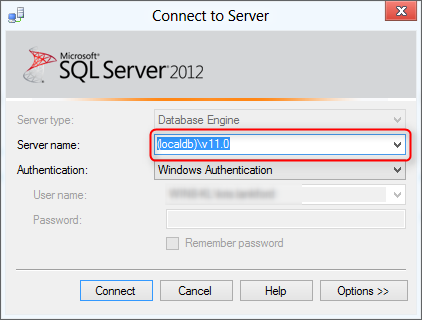

A district migrating from SQL Server 2000 SP4 will need to migrate to SQL Server 2008 SP2 or 2008 R2 SP1 as a stepping stone to SQL Server 2014. SQL Server 2005 SP4, 2008 SP R2 SP1 databases can be migrated directly using the tool. And unlike backup and restore (or SQL Server’s import/export feature), a district administrator can choose to copy external objects, like SQL Agent jobs and stored procedures, which are found in the master database. The wizard can move all objects related to a database, such as keys and indexes, from one server instance to another. Transfers databases using the faster “detach and attach” method, but the databases are unavailable during the transfer process.Transfers databases while they remain available online to users, with the SQL Server Management Objects (SMO) method.Transfers databases between different instances of SQL Server 2005 (and higher).The Copy Database Wizard was introduced in SQL Server 2005 and offers the following options: If the aim is to clone an old SQL Server to failover to the new one without making any changes to applications or the way users log in, the best course is to copy databases using the Copy Database Wizard. Nevertheless, if a district decides to perform an in-place upgrade, it should check out the Upgrade Advisor tool that’s part of the SQL Server 2014 Feature Pack. Side-by-side migrations, where databases are copied to a new physical or virtual server, usually are preferred because they don’t require source database servers to be modified or taken offline, and a new server can be tested before going live. In-place upgrades to SQL Server 2014 are supported from SQL Server 2012 SP1, 2008 R2 SP2, 2008 SP3, and SQL Server 2005, but are not necessarily the best option. There a several options for migrating databases to new versions of SQL Server, but any district’s chosen route will depend on the version of SQL Server that it’s migrating from, and other factors, such as whether more than just a database needs to be moved.

Here are some best practices for transferring data and tips for school districts that are about to start a migration to SQL Server 2014. The main headache of any migration is figuring out how to get the data out of one server and into another.


 0 kommentar(er)
0 kommentar(er)
